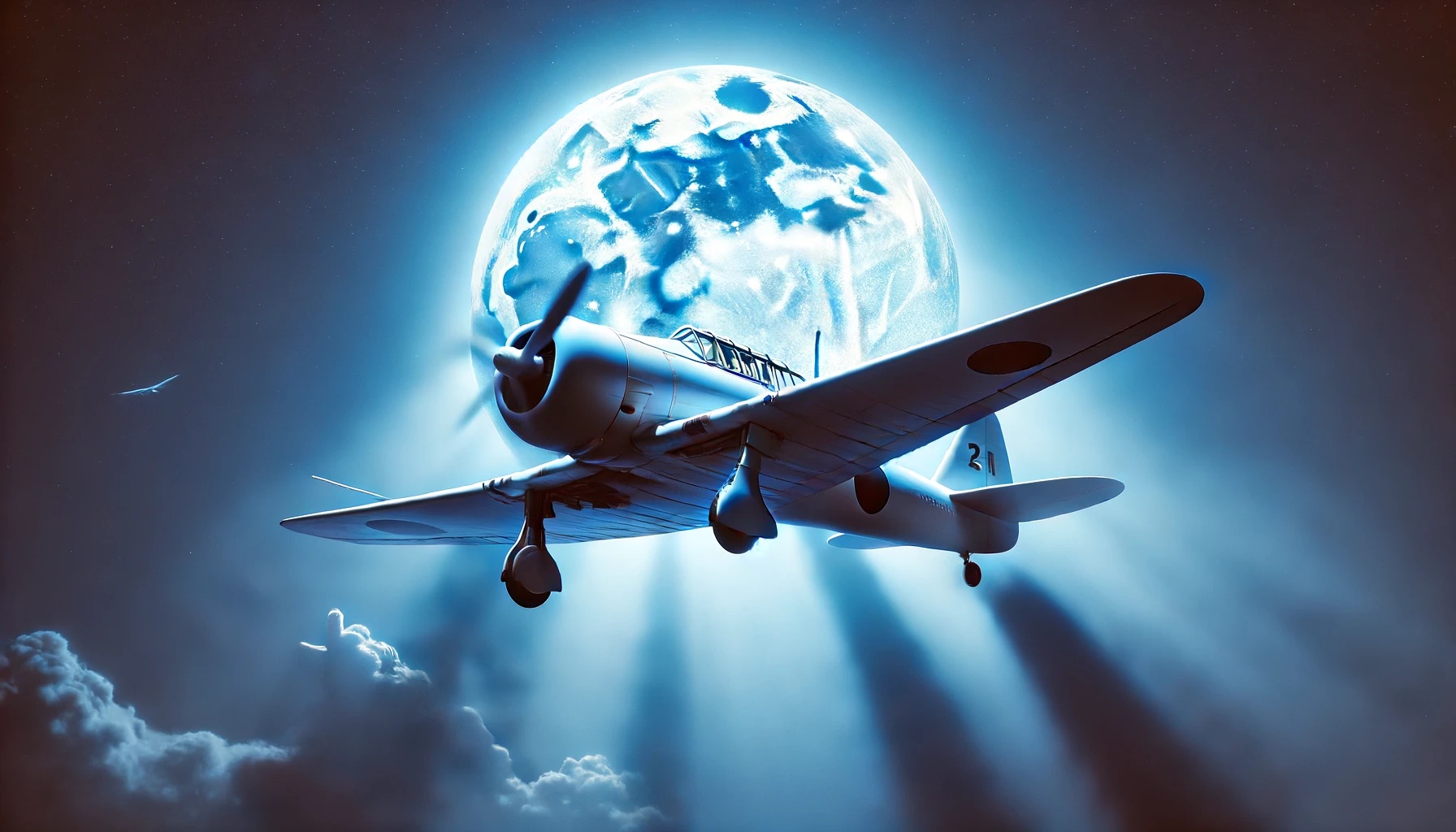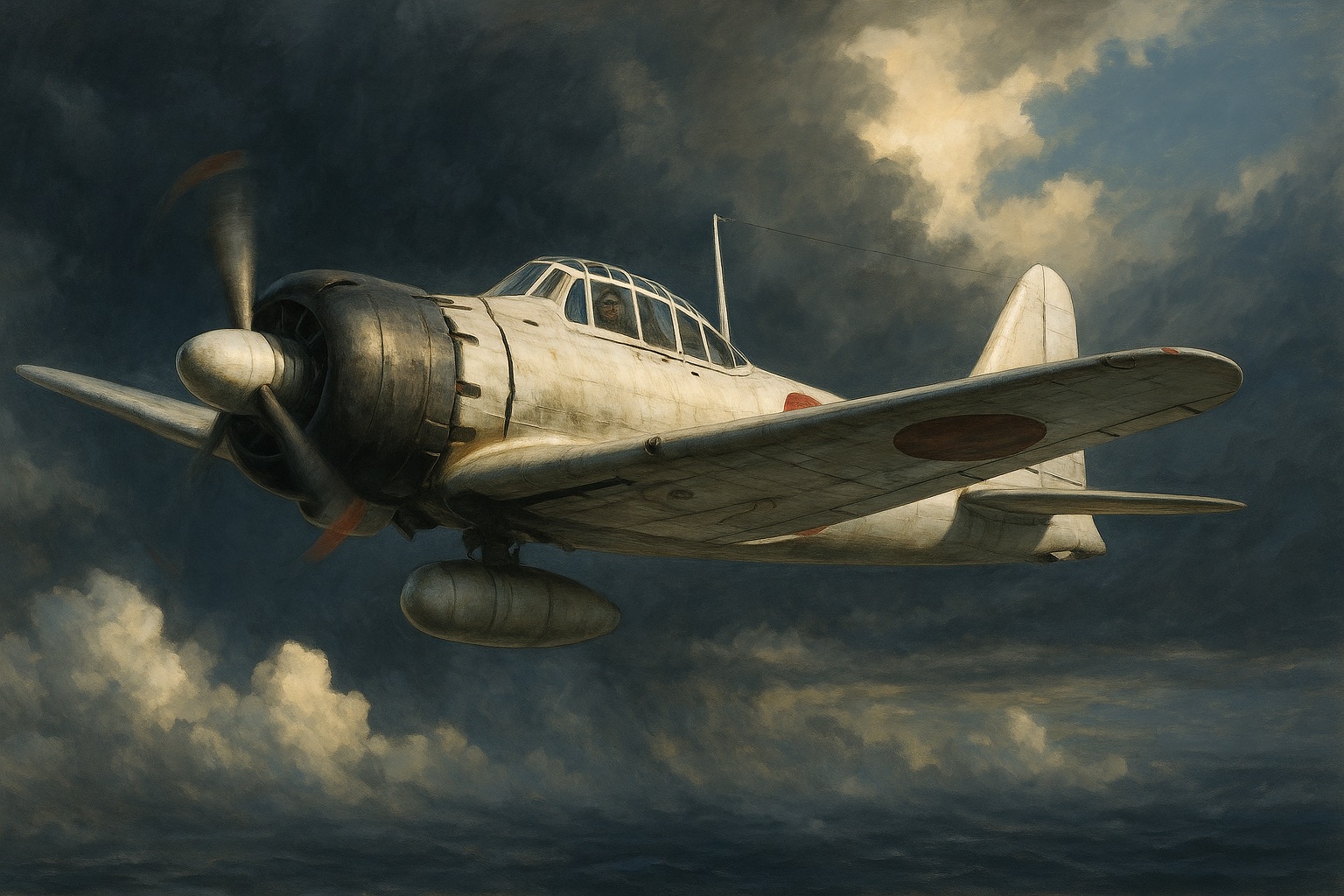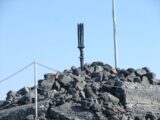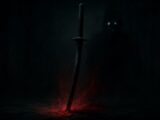The "White Zero": Japan's Ghost Fighter That Haunted the Skies of WWII
The “White Zero”: Japan’s Ghost Fighter That Haunted the Skies of WWII

During the final, desperate days of World War II, as the tide turned against the Japanese Empire, American pilots in the Pacific began to whisper a terrifying legend. It was the story of a ghost plane—a phantom fighter, pure white and impossibly resilient, that appeared from nowhere to wreak havoc on Allied forces. This is the chilling urban legend of the “White Zero Fighter,” a tale of spectral vengeance from the skies.
The Rise and Fall of the Legendary Zero
To understand the legend, one must first understand the Mitsubishi A6M “Zero.” In the early years of the war, the Zero was a technological marvel. Designed by engineer Jiro Horikoshi, it sacrificed armor and durability for unparalleled speed, maneuverability, and range. In its 1940 debut, it decimated the Chinese air force, shooting down 27 Soviet-made fighters without a single loss. The “Zero Shock” sent a wave of fear through Allied command, shattering their underestimation of Japanese technology.
But as the war dragged on, the Zero’s weaknesses became its downfall. Lacking armor, it was notoriously fragile. A single hit could cause it to burst into flames, earning it the grim nickname “one-shot lighter” from American pilots. Newer, more powerful Allied fighters soon outclassed it, turning the once-feared Zero into a target. It was against this backdrop of desperation and decline that the ghost first appeared.
Encounter with a Phantom Fleet
The most famous account took place near Wake Island in the Pacific. An American naval fleet detected a large number of aircraft on their radar, assuming an imminent Japanese attack. Fighter planes were scrambled, and bombers were sent to locate the presumed enemy carrier.
But when the American planes reached the location indicated by the radar, the sky was empty. Not a single enemy aircraft was in sight. Then, a frantic message crackled over the radio from a reconnaissance plane: “Multiple Zero fighters spotted!” The message was cut short by a scream, and the line went dead.
The American fighters raced to the scene, only to fly into a massacre. According to the accounts of the few surviving pilots, what they encountered was beyond comprehension. A squadron of pristine, all-white Zero fighters, their rising sun insignias also rendered in white, materialized out of the clear blue sky. They moved with impossible speed and precision, tearing through the American formations.
What was most terrifying was their invincibility. Pilots reported riddling the White Zeros with gunfire, shattering their canopies and leaving countless bullet holes in their wings, yet they refused to fall from the sky. And the pilots within? They were seen to be smiling as they dealt out death.
The result was a devastating loss for the Americans. The White Zeros vanished as mysteriously as they had appeared, suffering no losses, while many of the US bombers never returned. The expected Japanese carrier was never found. Unable to explain the bizarre event, the official US military report concluded it was a radar malfunction combined with a training accident. Unofficially, however, a new, unspoken rule was born among pilots: if you encounter a White Zero, do not engage. Make the sign of the cross, and return to base.

The Spirits of Fallen Aces?
This legend was said to have been passed down from a surviving Japanese naval pilot, who heard it from his American captors after being taken prisoner. But it wasn’t the only story. Another tale from the Japanese base at Rabaul tells of a mysterious squadron of Zeros appearing during an intense air battle, single-handedly repelling the enemy. After the fight, the Zeros landed on the runway, only to vanish with a roar and a gust of wind. The ground crew, recognizing the tail markings, realized they were the planes of a squadron that had been shot down days earlier. They wept, believing the Eirei—the noble spirits of fallen soldiers—had returned to defend them.
While most people picture the Zero in its late-war camouflage green, early models were actually painted a brilliant white or silver-gray. It was during this early period, when aces like Saburo Sakai ruled the skies, that the Zero’s fearsome reputation was forged.
Whether the White Zero was a true ghost plane, the manifestation of battlefield stress, or simply a legend born from the terrifying prowess of Japan’s early aces, we may never know. But the story endures, a haunting reminder of the ghosts—both real and imagined—that lurk in the fog of war.
※ Unauthorized reproduction, video creation, and uploading of this article's content to YouTube, blogs, or other platforms is strictly prohibited.
Related Articles
Popular Series
This is the page for The “White Zero”: Japan’s Ghost Fighter That Haunted the Skies of WWII. Find the latest news about WWⅡ, GhostStory and more on TOCANA - the paranormal news media that stimulates your curiosity
Urban Legends Latest Articles
The Definitive Guide to Japan's Scariest Urban Legends: From Kuchisake-Onna to Kisaragi Station
2025.10.20 23:00 Urban LegendsKunekune: The Definitive Guide to Japan's Terrifying, Twisting Field Monster
2025.10.19 23:00 Urban LegendsNNN Special Broadcast: The Definitive Guide to Japan's Lost, Lethal TV Broadcast
2025.10.14 23:00 Urban Legends






